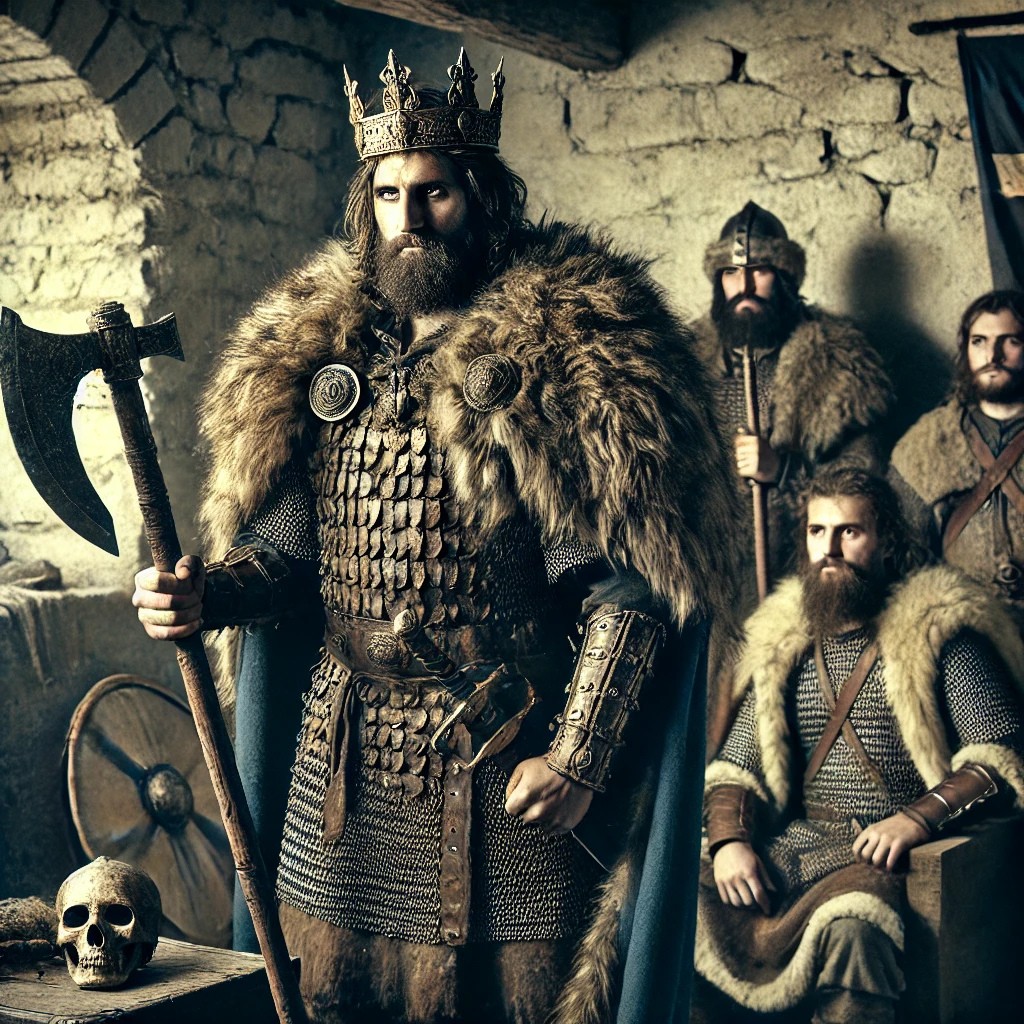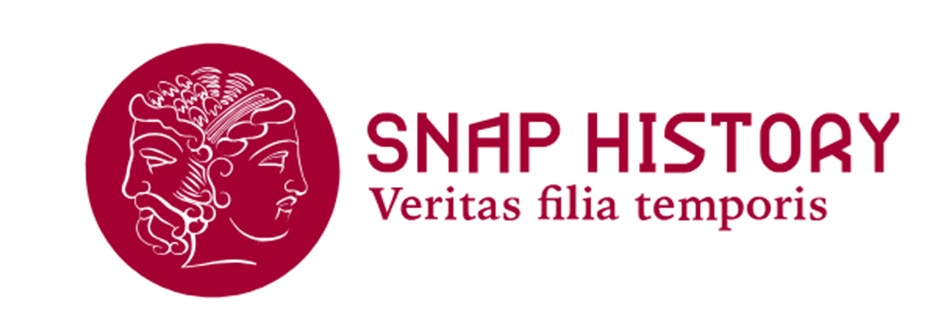Theodoric the Great (454 - 526 A.D.)
The first king of the Ostrogothic Kingdom of Italy

Theodoric the Great (454-526 AD): the Ostrogoth king who united Rome and the barbarians. A visionary ruler in the heart of Late Antiquity - Image generated with AI
Theodoric the Great (454-526 AD) was one of the most interesting figures of Late Antiquity and established himself as a key figure during the collapse of the Western Roman Empire. He led the Ostrogothic people, one of the barbarian peoples from Central Asia who, in the last century of the Roman Empire's history, settled within its borders. At a young age, Theodoric was sent as a hostage to the imperial court in Constantinople, where he learned the secrets of Roman diplomacy and political art.
In 476, the Western Roman Empire fell with the deposition of Romulus Augustulus at the hands of the barbarian general Odoacer, who ruled Italy from then on. Theodoric, leading the Ostrogothic armies, entered Italy and clashed with Odoacer, managing to defeat him in 493. Having defeated his enemy, Theodoric invited him to a dinner under the pretext of reconciliation, but had him assassinated in order to establish his definitive rule over the Italian peninsula. Theodoric thus proclaimed himself king of the Ostrogoths and governor of Italy, creating for the first time a Kingdom of Italy that, although formally dependent on the Eastern Roman Empire, was in reality an autonomous entity. His reign was characterised by Roman-Gothic syncretism: the two cultures mingled, giving rise to new customs and traditions, while maintaining the laws and forms of Roman civil administration, which were still extremely sophisticated.
Theodoric introduced a form of religious tolerance in Italy for the first time, and the Catholic and Arian faiths could coexist without discrimination. Theodoric is also remembered for his ambitious architectural projects in the new capital of the Ostrogothic Kingdom of Italy, Ravenna. The city became a cultural and political centre of great importance and was enriched by imposing buildings, such as the Mausoleum of Theodoric, which still today attracts tourists intrigued by its monolithic stone roof.
Despite its successes, the Ostrogothic Kingdom was a more fragile entity than the ancient Roman Empire and its future would be short-lived, effectively ending with the Byzantine conquest in 554.
Giovanni Geraci. Storia romana. Mondadori Education, Milano, 2016.
Site: E. Thompson.. "Theodoric." Encyclopedia Britannica, (consulted Dec. 2024)
2025-06-05
Francesco Toniatti
